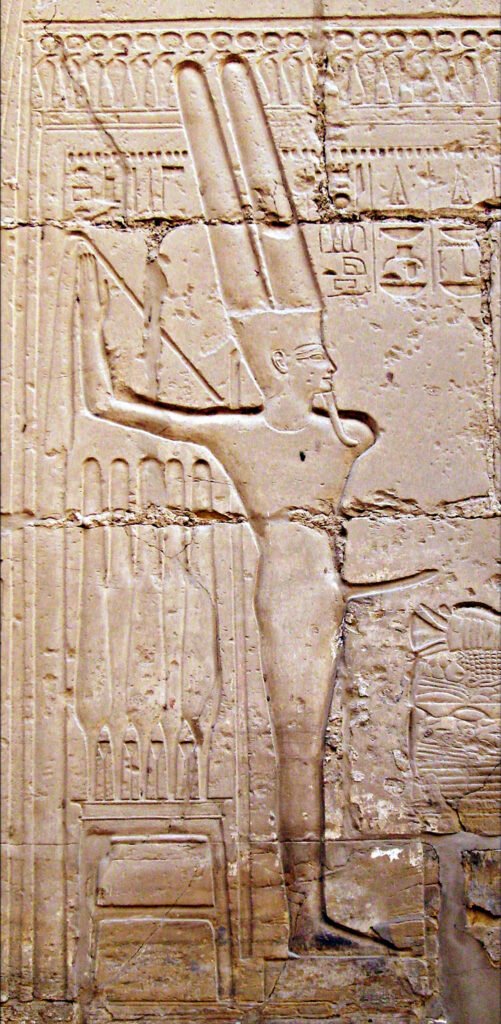
Belemnites (Belemnitida) are members of an extinct form of cephalopods that lived from the 250-201 million years ago becoming extinct around the same time as dinosaurs (~66 million years ago). These cephalopods were common in the ancient oceans. Belemnite comes from the Greek word “belemnon” which means javelin or dart referring to their bullet-shaped rostrum that survives in fossils
Physical structure
Belemnites were squid-like animals with ten arms (not tentacles like modern squids) each lined with 30-50 curved hooks which were used for grasping prey such as small fish, molluscs and crustaceans.
Like other Coleoidea (a superclass that includes octopus, squid and cuttlefish), belemnites had beaks, ink sacs and a tail fin. Whilst there are similarities between belemnites and modern squids, squids do not have rostrums. The rostrum provides support and acts as a counterbalance to the rest of the body.
At the base of the rostrum is the phragmocone, a conical structure with chambers that controlled buoyancy and balance. The largest belemnite known, Megateuthis elliptica, had a rostrum of 60 to 70 cm (24 to 28 in).
The rostrum is composed of calcite, a carbonate mineral. A cross section through the rostrum shows concentric rings like what you would find inside a tree; each ring is thought to represent a few months.
Fossil deposits

Sometimes rock outcrops are filled with hundreds of rostra these have been nicknamed “belemnite battlefields”. The most common explanation is that belemnites died shortly after spawning, much like modern coleoids which migrate from the ocean to the shelf area.
Because of their shape, it was once believed that belemnites fell to earth during thunderstorms and as a result are referred to in folklore as ‘thunderbolts’ or ‘thunderstones’.
Historical folkore
In the Egyptian Temple at Karnak hieroglyphics images representing belemnites are shown to one side of the fertility God Min to symbolise lightning.

During the middle ages a belemnite was believed to protect the owner from being bewitched or struck by lightning.
Germanic folklore mentions that keeoing thunderstones within the home would protect the owner’s house form a storm. Similarly, In parts of the Netherlands these ‘donderstenen’ or ‘Donar’s stones’ (Donar being the Thunder god) were kept in the roof.
In Lithuania to treat a snakebite, they would rub a belemnite over the wound whilst chanting the words:
“Three times nine times comes Perkunas’ thunder from the sea
Three times nine times bullets strike the swelling under the stone.
This man regains the health he enjoyed before!”
In parts of western Scotland, they were known as ‘bat’ or ‘bot’ stones and were steeped in water given to horses to cure distemper. Similarly in Southern England it was widely believed that belemnites could be used to cure rheumatism and sore eyes in both men and horses. This treatment involved grinding the fossil into a dust which was then blown into the afflicted eyes.
In Scandinavian folklore belemnites were believed to be candles belonging to pixies and elves. In some areas they are still referred to as ‘vateljus’ which translates as ‘gnomes’ lights’. Throughout Europe it was widely believed that belemnites were the points of pixie-arrows and were sometimes referred to as ‘elf-bolts’.).
Metaphysical Properties
Some believe belemnites carry stabilizing energies, promoting strength and resilience. Used in spiritual practices, they are thought to enhance intuition and protection, connecting individuals to earth’s ancient past.
Zodiac Connection
Belemnites are sometimes linked to Capricorn and Scorpio, resonating with themes of transformation, grounding, and deep-sea mystery.
